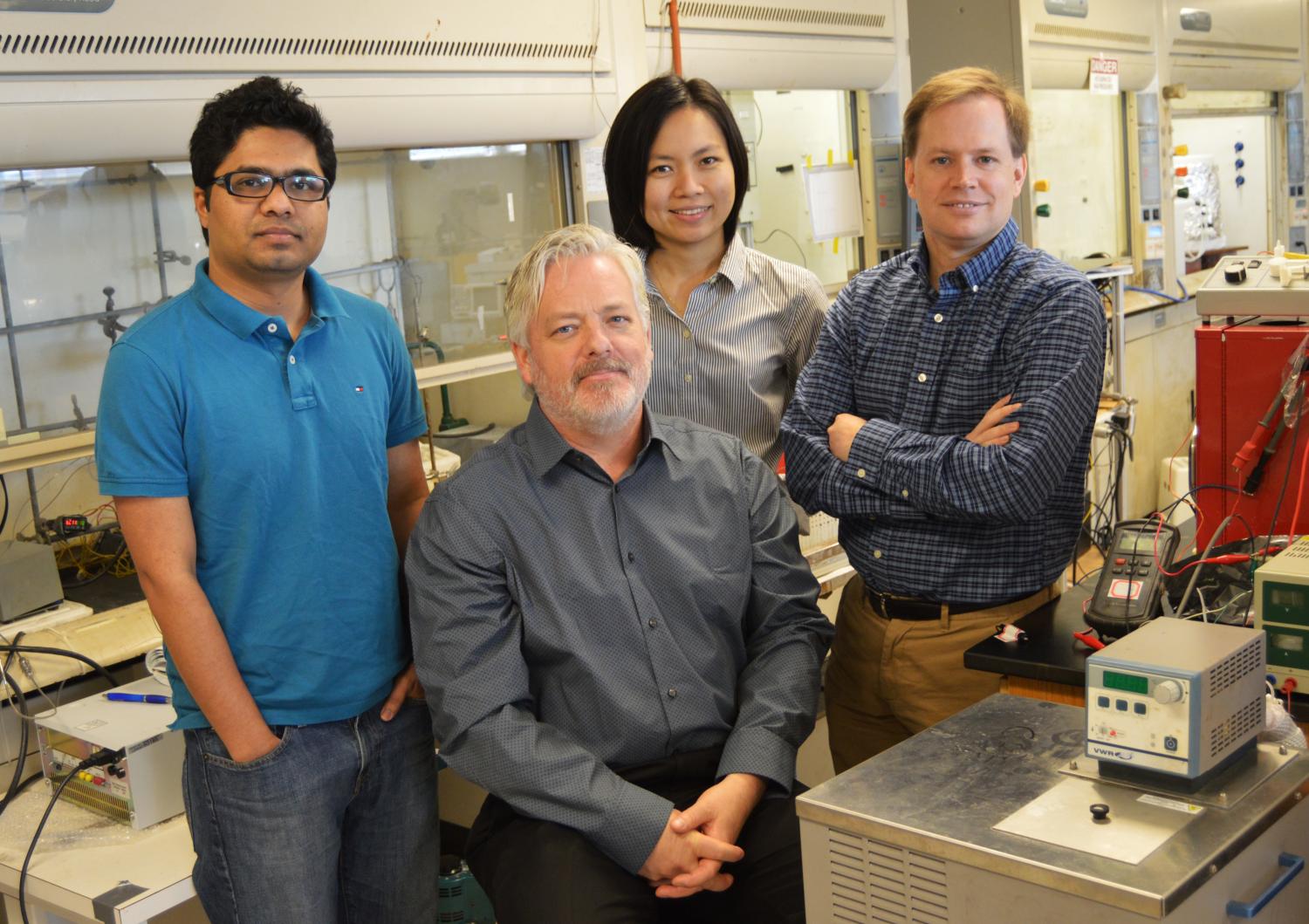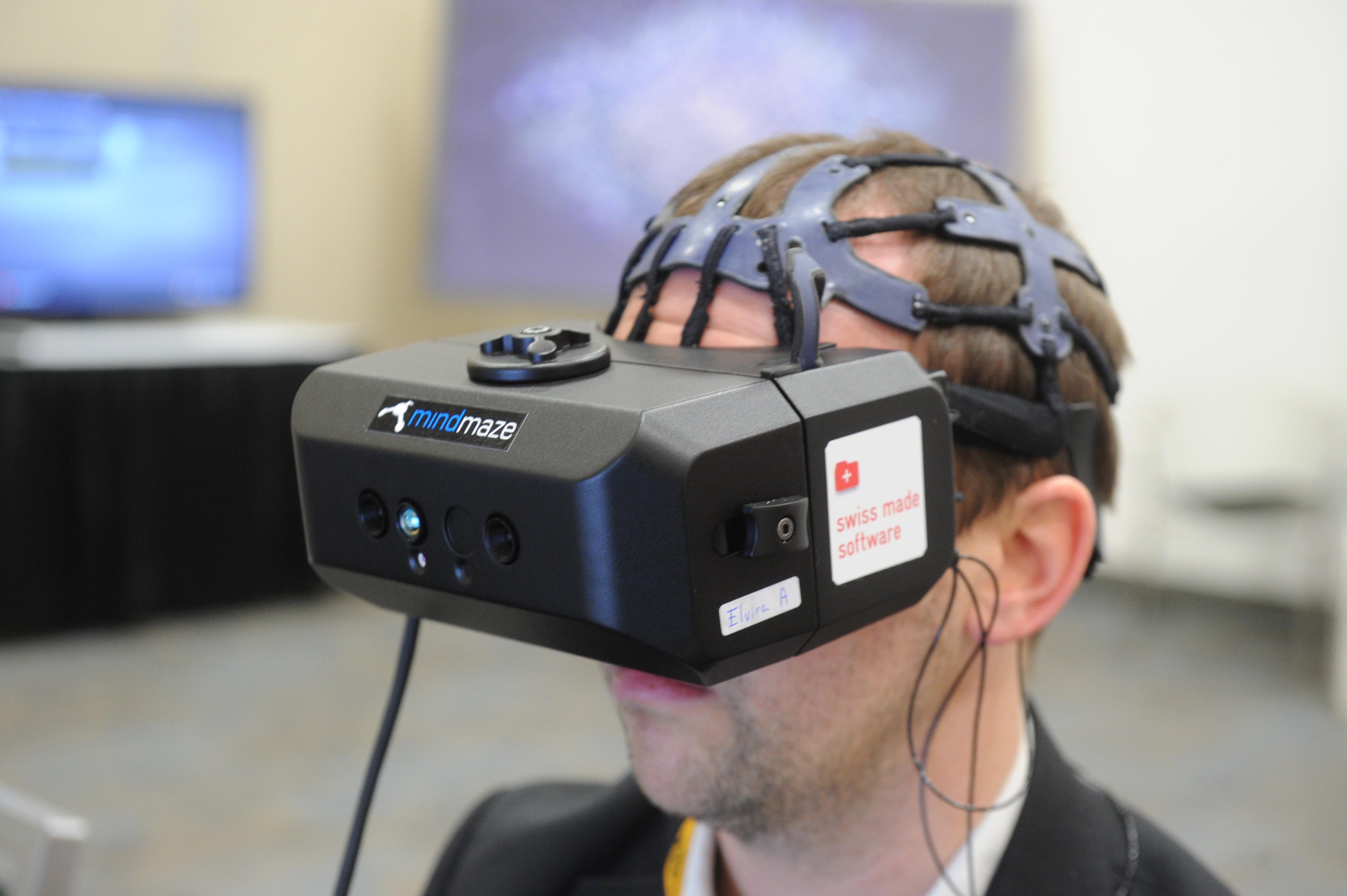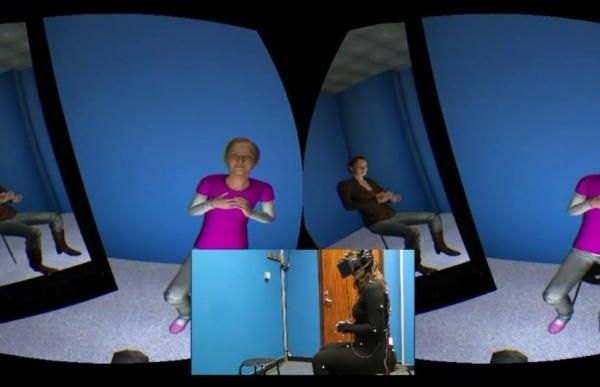Page 11711
Feb 23, 2016
Proven one-step process to convert CO2 and water directly into liquid hydrocarbon fuel
Posted by Montie Adkins in categories: chemistry, sustainability, transportation
Our next step is to develop a photo-catalyst better matched to the solar spectrum,” MacDonnell said. “Then we could more effectively use the entire spectrum of incident light to work towards the overall goal of a sustainable solar liquid fuel.
A team of University of Texas at Arlington chemists and engineers have proven that concentrated light, heat and high pressures can drive the one-step conversion of carbon dioxide and water directly into useable liquid hydrocarbon fuels.
This simple and inexpensive new sustainable fuels technology could potentially help limit global warming by removing carbon dioxide from the atmosphere to make fuel. The process also reverts oxygen back into the system as a byproduct of the reaction, with a clear positive environmental impact, researchers said.
Feb 23, 2016
Scientists Ponder the Prospect of Contagious Cancer
Posted by Karen Hurst in category: biotech/medical
Cancer is devastating enough, and now this…
There is no sign of an imminent threat. But research suggests contagious human cancer could be possible. The New York Times reports.
Feb 22, 2016
FlexEnable has created a screen you can wrap around your wrist
Posted by Klaus Baldauf in categories: computing, electronics, materials, security
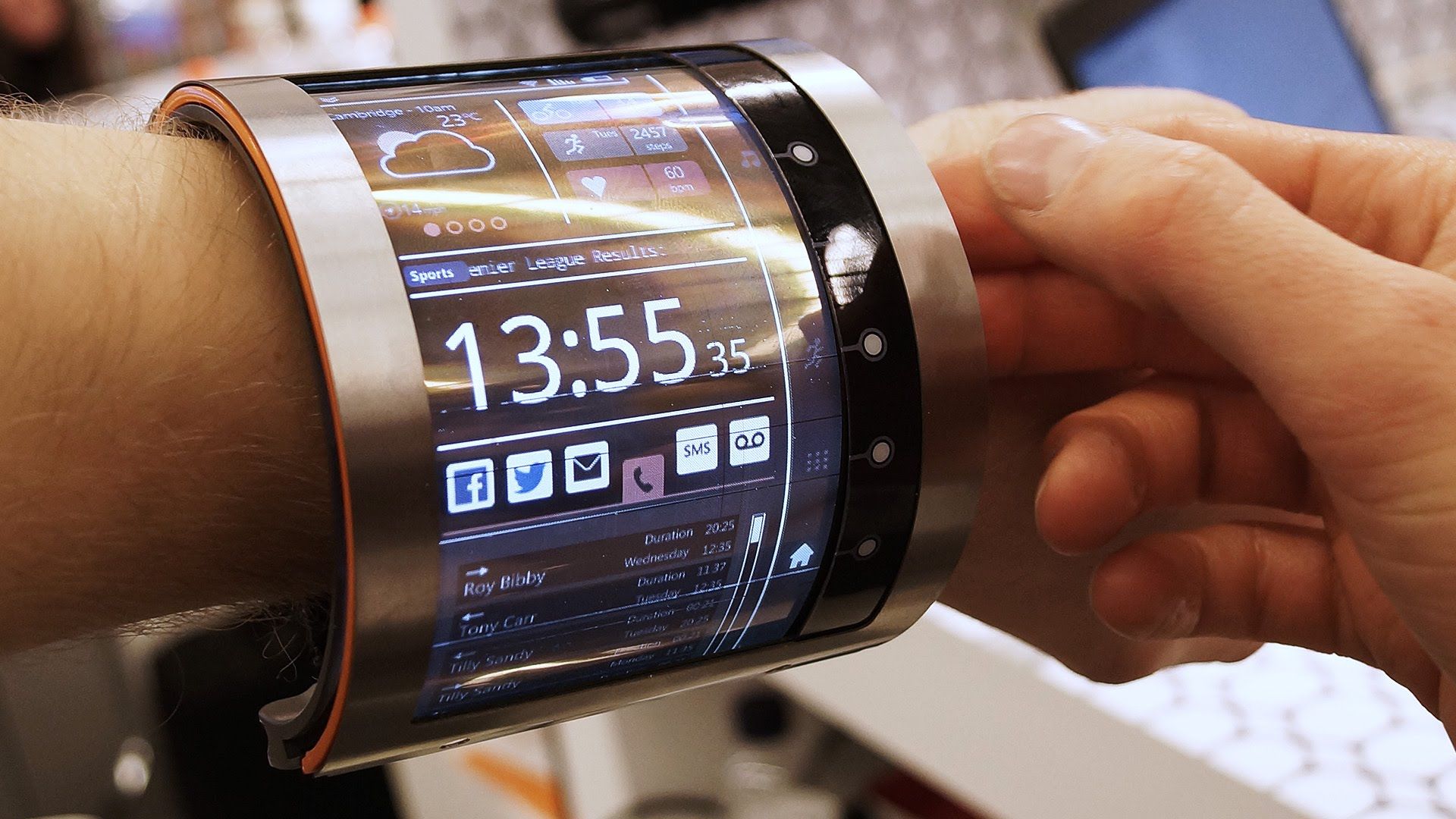
Sometimes, it seems like the tech world is inexorably bending towards a future full of curved devices. At MWC in Barcelona, we saw yet another prototype display, this time from English firm FlexEnable. Now, this isn’t a working device of any kind — it’s essentially just a screen running a demo — and neither is FlexEnable a consumer electronics company. But the firm says its technology is ready to go, and it’s apparently in talks with unnamed hardware partners who want to make this sort of device a reality. How long until we see fully-fledged wristbands like this on the market? Eighteen months is the optimistic guess from FlexEnable’s Paul Cain.
The prototype uses plastic transistors to achieve its flexibility, creating what the company calls OLCD (organic liquid crystal display) screens. FlexEnable says these can achieve the same resolutions as regular LCD using the same amount of power, but, of course, they have that added flexibility. These transistors can be wrapped around pretty much anything, and also have uses outside of display technology. FlexEnable was also showing off thin flexible fingerprint sensors, suggesting they could be wrapped around a door handle to add security without it being inconvenient to the user.
Continue reading “FlexEnable has created a screen you can wrap around your wrist” »
Feb 22, 2016
Virtual reality the tool in the quest to end phobias
Posted by Karen Hurst in categories: biotech/medical, virtual reality
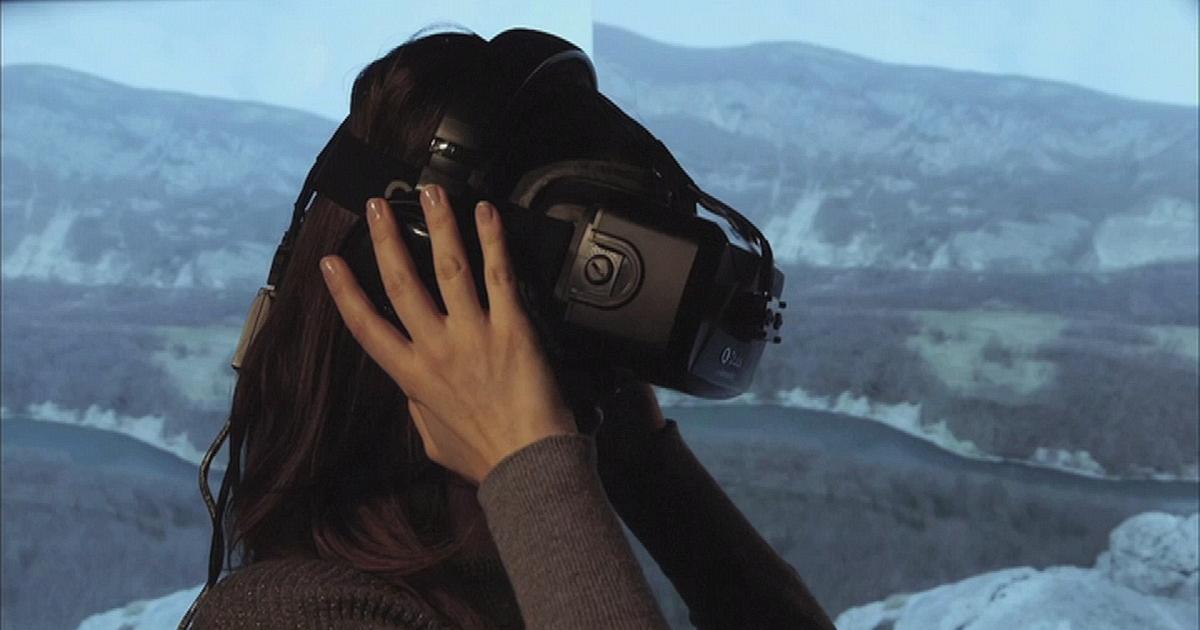
Nathalie is agoraphobic and acrophobic, both anxiety disorders, the former involves fear of places or situations that may cause panic, the latter a pathological fear of heights.
To treat her doctors at the Van Gogh hospital in Charleroi, Belgium, are using virtual reality to help her control her fears.
Continue reading “Virtual reality the tool in the quest to end phobias” »
Feb 22, 2016
This VR Company Helps Soldiers Cope With War Injuries
Posted by Karen Hurst in categories: augmented reality, biotech/medical, neuroscience, virtual reality
MindMaze has received $100 million to further medical research and launch a VR gaming system.
For a soldier who has endured an amputation, severe phantom limb pain can be debilitating.
Virtual reality company MindMaze has designed a medical virtual reality, augmented reality, and motion capture video game system that immerses the amputee in a virtual environment, where moving the existing arm will move the non-existing arm of the avatar. Neuroscientist and MindMaze founder and CEO Tej Tadi says this “mirroring” tricks the brain into believing the severed limb is actually there, and has proven benefits in phantom pain management.
Continue reading “This VR Company Helps Soldiers Cope With War Injuries” »
Feb 22, 2016
Terence Mckenna’s ‘cyberdelic’ predictions for Virtual Reality 25 years on
Posted by Karen Hurst in categories: computing, cyborgs, life extension, neuroscience, transhumanism, virtual reality
Cannot wait to hear Mckenna’s perspective on BMIs for brain connection to all things digital, and microbots used to extend life as well as bionic body parts.
Famed psychonaut Terence Mckenna envisioned a very radical approach of bridging psychedelics with virtual reality to create a supercharged version of consciousness in which language, or rather the meaning behind what we speak, could be made visual in front of our very eyes.
In Mckenna’s “cyberdelic” future of virtual reality, artists and the revival of art, would be at the forefront of innovation, according to a talk he gave to a German audience in 1991.
Continue reading “Terence Mckenna’s ‘cyberdelic’ predictions for Virtual Reality 25 years on” »
Official Facebook Fan Page of Jim Rohn, the Foremost Personal Achievement Philosopher who inspired millions with his insightful and positive messages…
Feb 22, 2016
Virtual reality treatment helps depression patients in study
Posted by Karen Hurst in categories: biotech/medical, neuroscience, virtual reality
Here is a concept; “could VR be used to rehabilitate criminals to experience through VR what their victims have experienced?” I do know in the recent 20 yrs a part of rehabilitation has included the criminal facing their victims so that the criminal develops a new level of empathy. However, could VR be a better solution? And, should it be?
LONDON, Feb. 15 (UPI) — Depression patients who interacted with characters in a virtual reality environment were less critical and more compassionate toward themselves, researchers found in a small study in England.
Researchers at University College London found some of the self-directed negativity of people feel in depression can be mitigated through role-playing in virtual reality.
Continue reading “Virtual reality treatment helps depression patients in study” »
Feb 22, 2016
Depression Treatment: Virtual Reality A New Therapy To Reduce Depressive Symptoms
Posted by Karen Hurst in categories: biotech/medical, neuroscience, virtual reality
People may soon use virtual reality to treat their depression and to be less critical and more compassionate towards themselves, a new study shows. A new virtual reality therapy has effectively reduced depressive symptoms of patients with some reporting significant drop in depression severity.
In the study, published in the British Journal of Psychiatry Open, patients claim virtual reality therapy changed their response to real-life situations in which they would previously have been self-critical.
The findings come from the analysis of the effect of the therapy to 15 depression patients, aged 23 to 61. Researchers, from University College London (UCL) and ICREA-University of Barcelona, asked the participants to wear a virtual reality headset to see from the perspective of a life-size “avatar” or virtual body.

